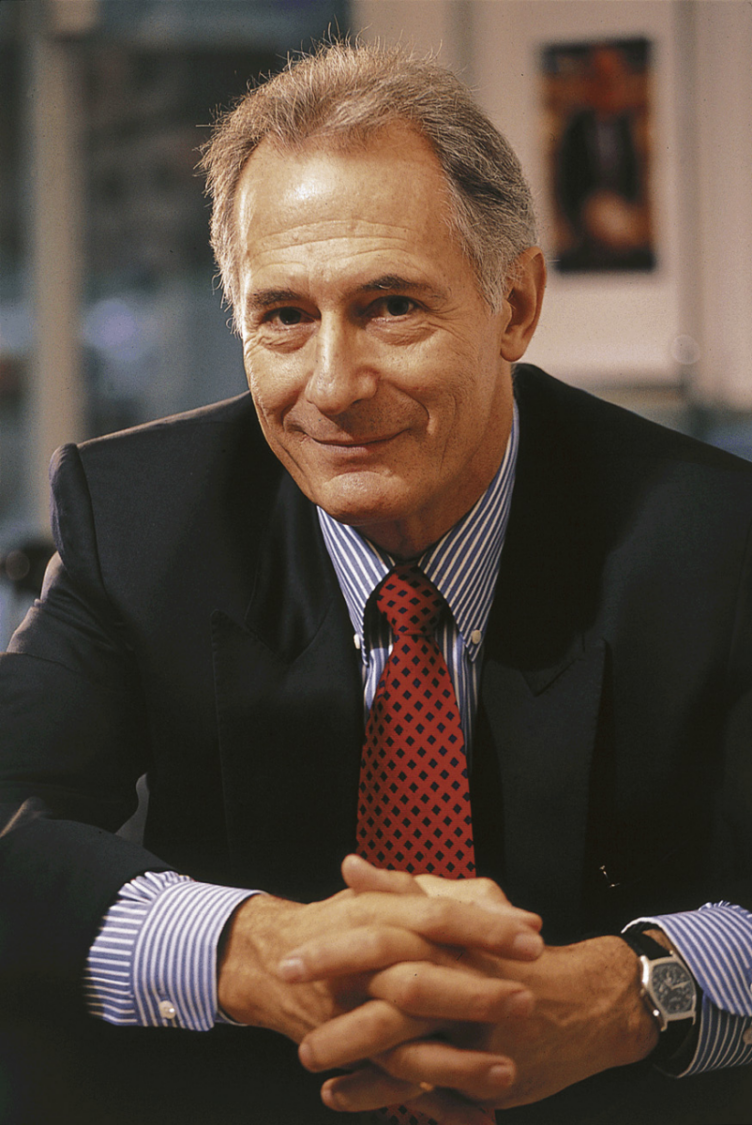Today we’re going on a trip through Horology’s Great Memory Museum, as part of The Beginner’s Compass Series; so, have your cameras on hand, and don’t forget your pens and notebooks to jot down the interesting facts and names you’re about to discover. I, your ever loyal editor, will have the pleasure of being your guide and a fellow visitor simultaneously.

As someone who not long ago got into the world of watches, I figured that the four pillars of this industry are the following: Engineering Prowess, Aesthetic Innovation, Market Influence, and Cultural Impact.
This tour will be different from the ones you’d expect to be part of. Let me tell you why.
In the halls of this esteemed building, there are the greats whose names and achievements constantly and boomingly reverberate followed by a string of praise. And rightfully so. But that golden circle of founding fathers and pioneers that shaped the watch world isn’t as small as you think, some just get way more time under the sun of glory than others.
So on our visit’s program, we’ll be treading along the less visited corridors and exhibitions of this institution, the ones who honor and recount the legacy of figures that redefined the industry in many ways; as much as the mainstream ones.
As we already know, watches do more than just mark the passage of time—they capture human ambition, artistry, and the deep desire to leave something behind that outlives us. The five figures we’re about to talk about didn’t just craft watches; they crafted legacies. Their work wasn’t about gears and complications—it was about vision, risk, and reimagining what it means to measure time itself.
So buckle up, you’re in for a ride.
We’ll kick off our tour by visiting the design pavilion first.
And present to you none other than: Jorg Hysek, who’s not exactly known to play it safe.

Born in 1953 in East Berlin, he started at Rolex before founding Hysek Design in 1984, working with brands like Cartier, Ebel, and Seiko. His magnum opus? The Vacheron Constantin 222 (1977)—a sleek, modern steel sports watch that became the blueprint for today’s Overseas collection. But Hysek had something many designers couldn’t quite tap into, and it was his RANGE. Most prefer to stick to a distinctive “design language” and an identity, he, like the disruptor that he is, did NOT subscribe to that school of thinking; and his creations from the Breguet Marine to the Abyss and the Kilada attest exactly to that. Yet when I looked at them side by side, I definitely could tell that they were fruits of the same spirit. That’s where his unique genius lies. Making him a pioneering icon that should get waaay more attention in the public eye (Could I make it any clearer that I’m a Jorg Hysek STAN?)


Jorg Hysek is—and I say this loud and proud—just as much a titan as Gérald Genta, as he reshaped watch design with his bold, futuristic aesthetics that challenged tradition in the same way Genta’s Royal Oak and Nautilus redefined luxury sports watches (which you read plenty about in Mr. Walid’s article).

Now ladies and gents we’ll be stepping into the storytelling pavilion, a place where watches are history lessons and cultural symbols.
Starting with—Nicholas Foulkes, a British historian and journalist, who has spent his career blending journalism and horological research as well as being the driver behind many collector trends. In 2024, he dropped Oyster Perpetual Submariner: The Watch That Unlocked the Deep, the first Rolex-certified book, proving that watches have deep stories worth telling. His work with The Financial Times and GQ makes sure timepieces aren’t just for collectors—they’re for anyone who loves a good story. And with his Nick Foulkes & Sons YouTube channel, he’s bringing those stories to the next generation.

Then there’s Jack Forster, the ultimate watch-world translator. Formerly Editor-in-Chief at Hodinkee, now heading The 1916 Journal at The 1916 Company, Forster is the guy who makes watches make sense. If Foulkes gives us the grand, historical narratives, Forster gives us the why-you-should-care breakdowns, making horology approachable for collectors, enthusiasts, and casual fans alike.

Here’s where we get technical—the innovation pavilion, the gears, springs, and pure genius changed time forever.
John Arnold’s name might not be on every watch connoisseur’s lips, but it should be.


Before his breakthroughs, sailors were basically gambling with their lives every time they set sail. The longitude problem was one of the biggest nightmares in navigation—figuring out your latitude (north-south position) was easy, but longitude (east-west position)? That was a guessing game that led to shipwrecks, lost cargo, and nations bleeding money.
The British Government got so desperate they threw a £20,000 reward (basically $5 million today) at anyone who could fix it. Enter John Arnold, who got his bag and solved their problem by building marine chronometers—not only that,he made them practical, portable, and mass-producible (Girlboss behaviour if you ask me).
His detent escapement revolutionized precision timekeeping, and his temperature-compensated balance wheels made sure clocks stayed accurate no matter how brutal the ocean got. While John Harrison might’ve paved the way, Arnold put precision in sailors’ pockets and made sure they’d never have to guess their way across the seas again. Basically, if you’ve ever used GPS, tip your hat to John Arnold—he helped lay the groundwork for precision navigation as we know it today.

And then, there’s Thomas Mudge, the OG of horological engineering. Back in the 1700s, he did what nobody else could—he invented the lever escapement, a mechanism so ahead of its time that it still powers almost every mechanical watch today. You should also thank him for THE perpetual calendar complication; yes, the same one that enables your watch to keep up with leap years without you lifting a finger. Earning him the title of one of the main architects of modern timekeeping.


Last but not by any means least, we hit the auction pavilion, to meet the ingenious salesmen of time.
Osvaldo Patrizzi saw the future before anyone else. In 1974, he co-founded Antiquorum, the first auction house dedicated exclusively to watches. He also pioneered detailed auction catalogs that later became essential collector’s guides. And evidently kickstarted the world of online watch auctions. Thanks to him, watch collecting transformed from a niche hobby into a multi-billion-dollar market.



Then we have Aurel Bacs, who started his career as a watch specialist at Sotheby’s in the mid-1990s, joined Christie’s in 2003, then co-founded the consultancy firm Bacs & Russo and partnered with Phillips auction in 2014.

He’s behind one of the most jaw-dropping watch sales ever, the Paul Newman Rolex Daytona, which sold for $17.8 million in 2017. But Bacs isn’t just an auctioneer—he’s a storyteller, hyping up every piece like it’s a once-in-a-lifetime event. If Patrizzi built the stage, Bacs turned watch auctions into must-watch global spectacles.

These great men *cough* divas *cough* shaped how we read, perceive, and conceptualise time now by being disruptors, risk takers and dreamers with a shared desire to leave something behind.
Au revoir my dear visitors, see you next time! Don’t forget to check out our other amazing articles or tours if you will.
XoXo, Your fave editor (don’t tell Walid)
*We do not own the rights to any of these photos. please note that all images and copyrights belong to their original owners. no copyright infringement intended.*
SUBSCRIBE NOW AND NEVER MISS A THING !

